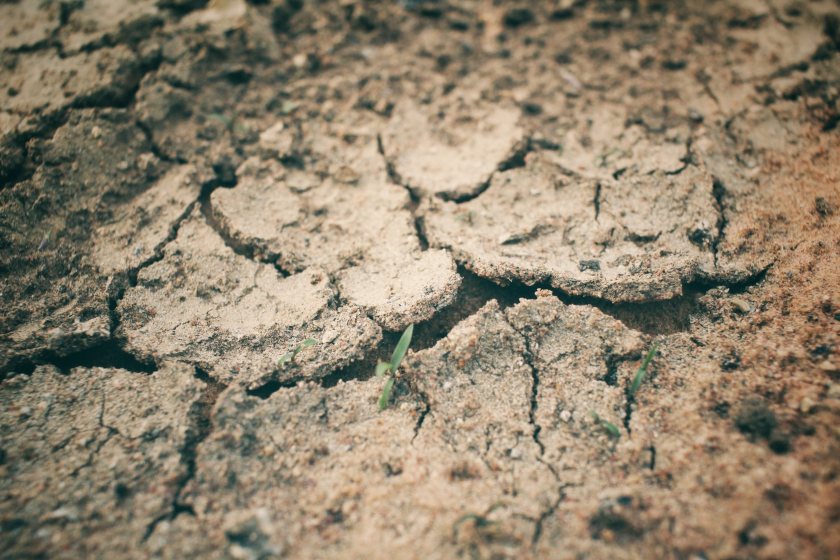
Farmers are under mounting pressure as the Environment Agency (EA) warns of a growing threat to water supplies following the driest start to spring since 1961.
The regulator has called for urgent action to reduce leakage and help the agricultural sector, which is already resorting to early irrigation amid critically low reservoir levels.
At a meeting of the National Drought Group today (7 May), the EA stressed the need for water firms to act swiftly to support farmers and manage the rising risk of drought, particularly if the dry conditions continue.
March was the driest in over six decades, while April saw only half the average rainfall, prompting concerns over crop resilience and water availability.
Reservoir levels are now notably or exceptionally low in parts of the North East and North West – areas that have seen their driest start to the year since 1929.
Farmers have already begun irrigation earlier than usual, placing added pressure on on-site storage and water supplies, the meeting heard.
While no official droughts have yet been declared, representatives from the EA told the group — which includes farm leaders — that there is a medium risk of drought this summer without sustained rainfall.
Richard Thompson, deputy director of water at the agency, chaired the meeting and warned of the challenges posed by climate change.
“The changing climate means we will see more summer droughts in the coming decades,” he said.
“The last two years were some of the wettest on record for England but drier conditions at the start of this year mean a drought is a possibility and we need to be prepared.
“It’s heartening to see more people looking to reduce their water use and we expect water companies to do more to cut leakage and rollout smart meters.”
Although hosepipe bans are not currently planned, the EA indicated that continued dry conditions could trigger the need for water companies to implement their dry weather strategies in the weeks ahead.
The agency added that it is also working with farmers on irrigation strategies while preparing public advice on water-saving measures.
Today's meeting heard that reservoir storage across England currently stands at 84% of total capacity, compared to 90% at the end of April during the 2022 drought year.
River flows are below normal, or even lower, for this time of year across northern and central England.
Meanwhile, wildfires have been reported in Cumbria, Derbyshire and Dorset due to increasingly dry vegetation.
